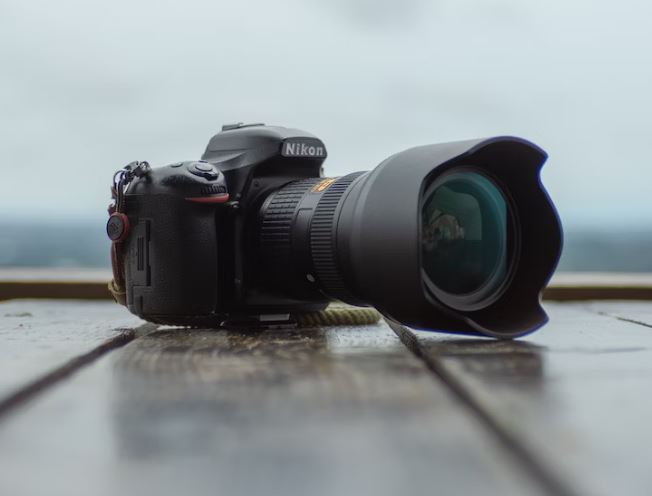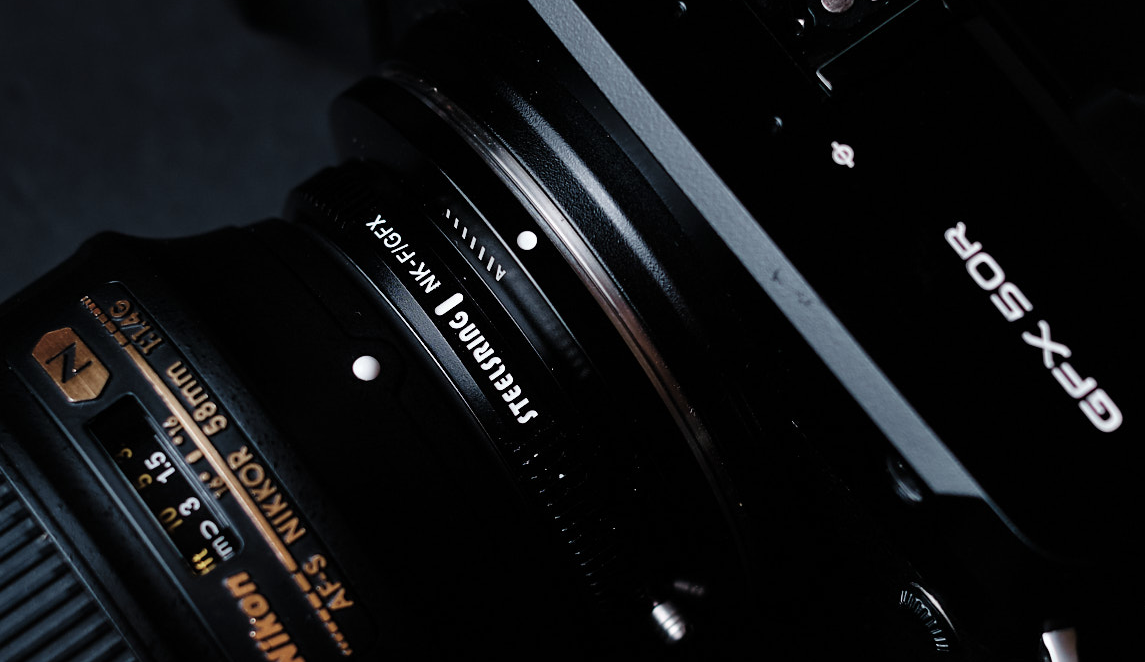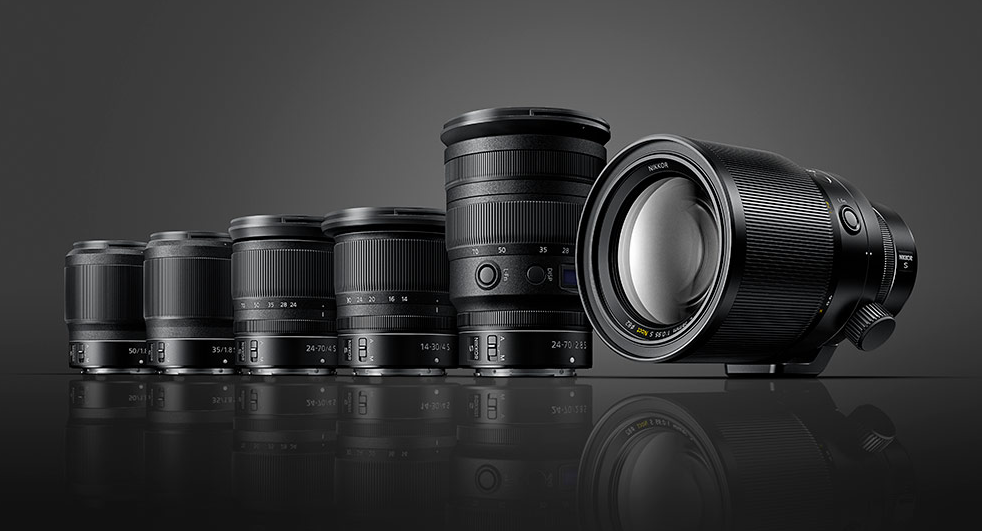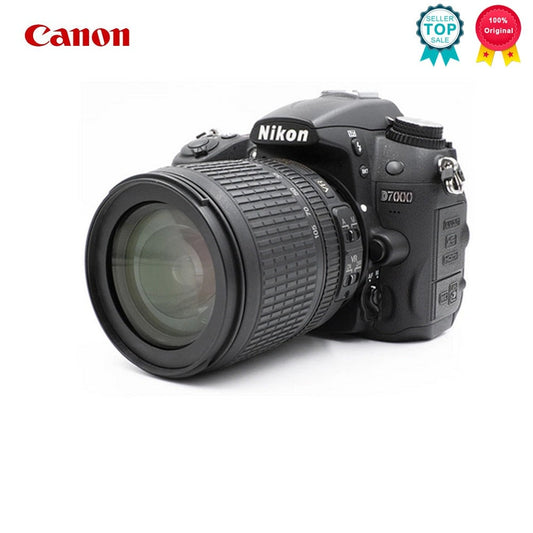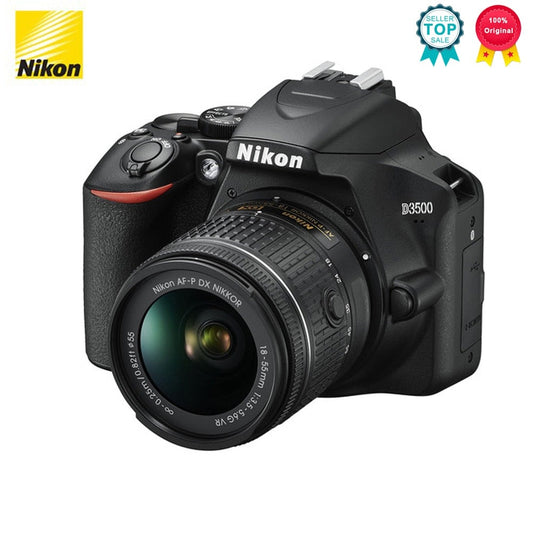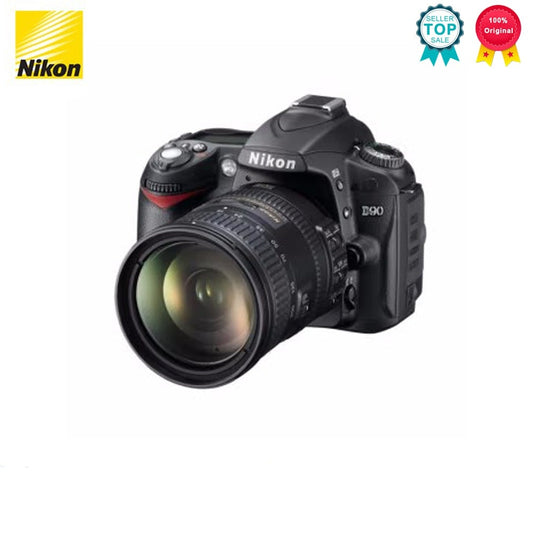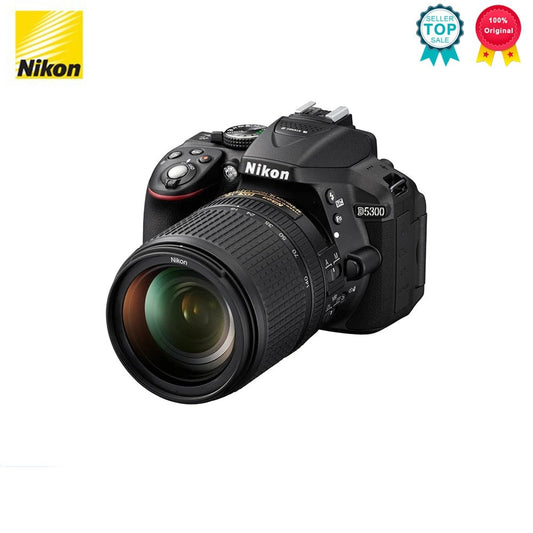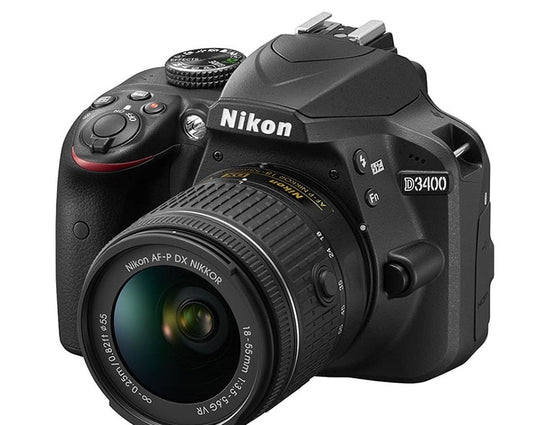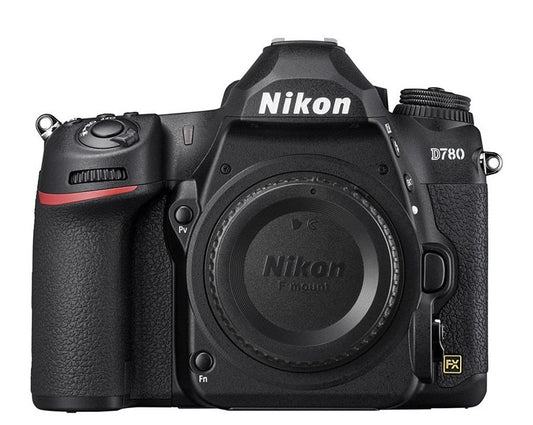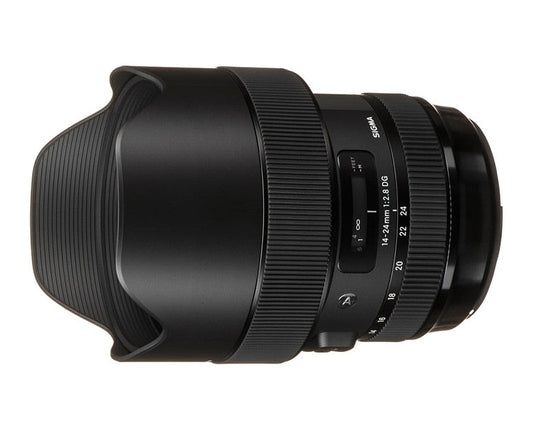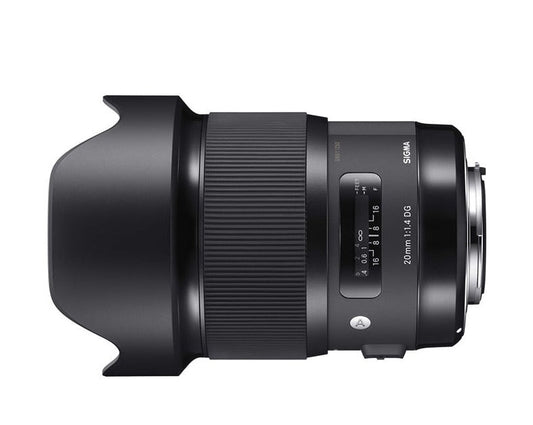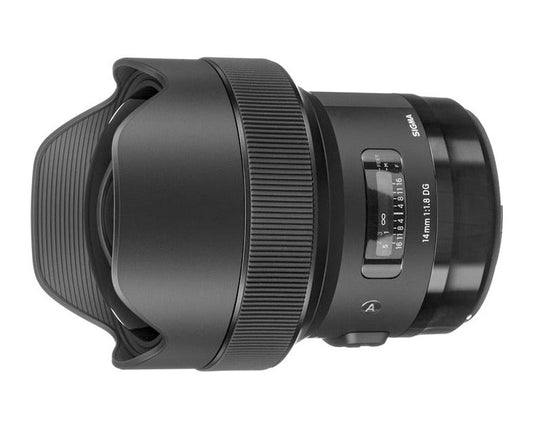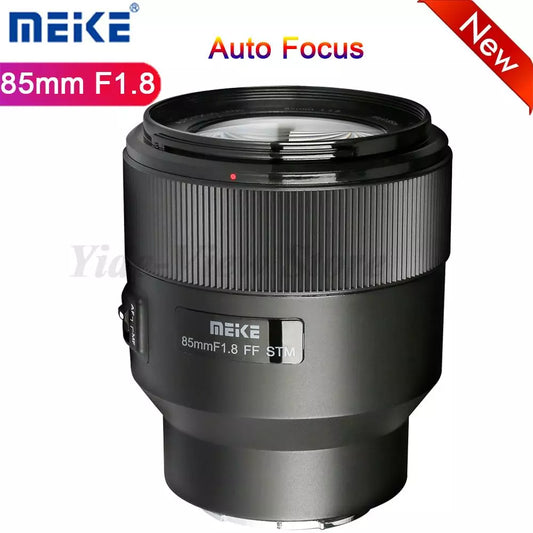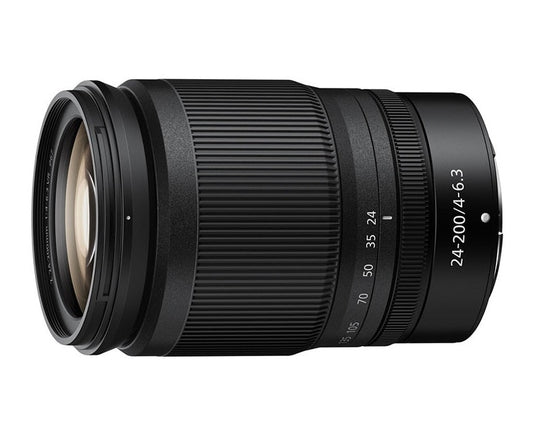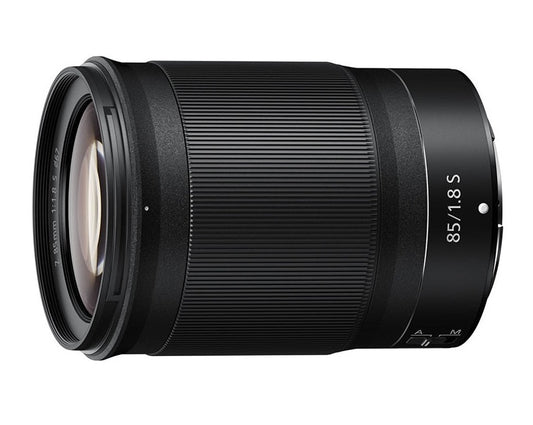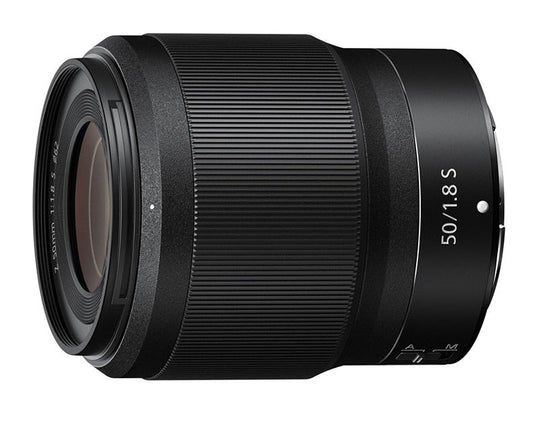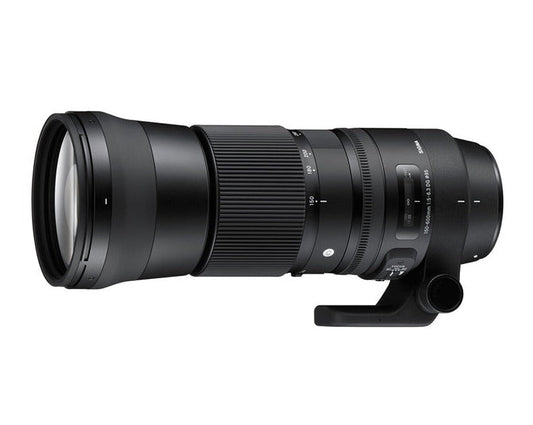Best astrophotography lens for Nikon
Astrophotography is a challenging and exciting genre of photography that requires a specific set of skills and equipment. One of the most critical pieces of equipment required for this genre is a good quality lens. Nikon, one of the leading camera manufacturers, has a range of lenses suitable for astrophotography. In this blog post, we will discuss the best lens for astrophotography Nikon and why it is an excellent choice for capturing stunning images of the night sky.

1. Sigma 14mm f/1.8 DG HSM Art

The Sigma 14mm f/1.8 DG HSM Art is a premium lens designed to meet the needs of serious astrophotographers. With its ultra-wide 14mm focal length, it opens up a vast field of view, enabling users to capture expansive nightscapes with ease. The large f/1.8 aperture allows for shorter exposure times and reduced noise, a critical factor in capturing clear and vibrant star-filled images. The lens's Hyper Sonic Motor ensures quick and silent autofocusing, while the optical design, featuring three FLD and four SLD elements, minimizes chromatic aberrations. Its durable construction and advanced coating technologies further contribute to this lens's appeal, making it a top choice for those looking to photograph the cosmos with their Nikon camera.
2. Sigma 14-24mm f/2.8 DG HSM Art

Versatility and optical excellence define the Sigma 14-24mm f/2.8 DG HSM Art lens. Its zoom range from 14mm to 24mm offers photographers the flexibility to choose their composition, whether aiming for a wide sweep of the Milky Way or a more focused celestial scene. The constant f/2.8 aperture ensures that the lens performs well in low-light situations, an essential quality for astrophotography. The lens's construction includes several low dispersion and aspherical elements, minimizing distortions and delivering sharp images across the frame. The nine-blade rounded diaphragm helps create aesthetically pleasing bokeh, while its weather-sealed design ensures durability in outdoor conditions. A must-have for Nikon users passionate about astrophotography, this lens's combination of range and performance sets it apart.
3. Sigma 20mm f/1.4 DG HSM Art

The Sigma 20mm f/1.4 DG HSM Art lens offers an appealing balance between wide-angle perspectives and low-light capabilities. With its 20mm focal length, photographers can create immersive images of the night sky, capturing stars, planets, and other celestial wonders with exceptional clarity. The fast f/1.4 aperture is perfect for gathering enough light to reveal intricate details, even in the most challenging lighting conditions. Utilizing Sigma's Hyper Sonic Motor for precise and quiet autofocus and a range of high-quality glass elements, the lens ensures minimal aberrations and maximal sharpness. The construction also emphasizes robustness, with a brass bayonet mount and weather-sealing. For those looking to push their creative boundaries in astrophotography, this lens offers the performance and features necessary for outstanding results.
4. Nikon AF-S Nikkor 14-24mm f/2.8G ED

The Nikon AF-S Nikkor 14-24mm f/2.8G ED lens is a star in the astrophotography world, designed specifically with Nikon cameras in mind. Its wide zoom range allows photographers to compose shots with dramatic perspectives, encompassing vast star fields or zeroing in on specific astronomical features. The constant f/2.8 aperture across the zoom range ensures that you can take sharp, clear photos even in very low light conditions. Equipped with Nikon's Silent Wave Motor (SWM), it provides accurate and quiet autofocus, while the Extra-low Dispersion (ED) glass elements reduce chromatic aberrations. Its Nano Crystal Coat minimizes flare and ghosting, often a challenge in night photography. With robust construction and weather-sealing, it is built to withstand the rigors of outdoor shooting, making it a trustworthy companion for any astrophotography enthusiast.
5. Sigma 24mm f/1.4 DG HSM Art

The Sigma 24mm f/1.4 DG HSM Art lens stands out as a premium option for those wanting to delve deeper into specific celestial subjects without losing the context of the wider night sky. The 24mm focal length, combined with the bright f/1.4 aperture, allows photographers to create striking images with great depth and detail. The lens features an optical design that includes both Special Low Dispersion (SLD) and "F" Low Dispersion (FLD) elements, minimizing aberrations and providing outstanding sharpness. Sigma's Hyper Sonic Motor (HSM) ensures smooth and fast autofocus, and the nine-blade rounded diaphragm contributes to beautiful bokeh. Its construction is designed for durability, with a Thermally Stable Composite (TSC) material that withstands various weather conditions. A fantastic addition to any Nikon user's toolkit for astrophotography, this lens offers both performance and elegance.
6. Sigma 18-35mm F1.8 DC HSM Art

Offering a unique zoom range with a wide aperture, the Sigma 18-35mm F1.8 DC HSM Art lens brings innovation to the astrophotography arena. The ability to zoom from 18mm to 35mm gives photographers creative flexibility, while the constant f/1.8 aperture guarantees exceptional low-light performance. This is a lens that allows you to explore various compositions without sacrificing image quality. It features an advanced optical design with Special Low Dispersion (SLD) and aspherical elements that ensure clarity and sharpness. The Hyper Sonic Motor (HSM) provides efficient and quiet autofocus, while the internal focusing system maintains the lens's compact size. Its build quality, including a brass mount and internal construction, speaks of reliability and longevity. For those who seek to expand their horizons in astrophotography, the Sigma 18-35mm F1.8 DC HSM Art lens offers a unique and compelling option.
7. Sigma 24-70mm f/2.8 DG OS HSM Art

The Sigma 24-70mm f/2.8 DG OS HSM Art lens is a versatile tool that astrophotographers can rely on to capture the mesmerizing beauty of the night sky. With its wide zoom range, it offers flexibility in composition, allowing photographers to switch between broader landscapes filled with stars to more intimate scenes with celestial bodies. The constant f/2.8 aperture ensures that the lens performs exceptionally well under low-light conditions, making it suitable for night photography. Optical Stabilizer (OS) technology aids in reducing camera shake for sharper images, while the Hyper Sonic Motor (HSM) ensures smooth and precise autofocus. The lens's construction, featuring a range of high-quality glass elements, helps minimize aberrations and deliver consistent sharpness across the frame. For Nikon users seeking a lens that can adapt to various astrophotography scenarios, this Sigma option offers an all-in-one solution without compromising on quality.
8. Nikon AF-S Nikkor 24-70mm f/2.8G ED

Engineered specifically for Nikon cameras, the AF-S Nikkor 24-70mm f/2.8G ED lens brings a blend of performance and quality to astrophotography. Its zoom range provides photographers with the ability to capture both wide starry vistas and tighter celestial formations, all while maintaining a fast f/2.8 aperture. Nikon's exclusive Silent Wave Motor (SWM) ensures quick and silent autofocus, and the Extra-low Dispersion (ED) and aspherical elements control aberrations for superior image quality. The lens also features Nikon's Nano Crystal Coat, reducing ghosting and flare, which can be particularly beneficial when shooting in challenging lighting conditions. With its rugged construction and weather-sealing, this lens is prepared for outdoor adventures under the stars. Whether you're an amateur astronomer or a seasoned stargazer, the Nikon AF-S Nikkor 24-70mm f/2.8G ED lens offers a reliable choice for capturing the heavens.
9. Nikon Nikkor Z 35mm f/1.8 S Lens

For photographers who desire to concentrate on specific astronomical subjects without losing the context of the night sky, the Nikon Nikkor Z 35mm f/1.8 S lens provides a prime solution. The 35mm focal length coupled with a fast f/1.8 aperture enables the capturing of detailed and clear celestial images. The lens is designed with several aspherical and Extra-low Dispersion (ED) elements, contributing to high sharpness and minimal distortions. Nikon's Stepping Motor (STM) technology guarantees smooth and quiet autofocus, enhancing the overall shooting experience. The lens also features a weather-sealed design, protecting it from environmental challenges often encountered in outdoor astrophotography. For those Nikon users who appreciate precision and quality, this prime lens offers an engaging way to explore the night sky.
10. Nikon AF-S Nikkor DX 35mm f/1.8G

For Nikon DX-format camera users, the AF-S Nikkor DX 35mm f/1.8G offers a fantastic prime lens option for astrophotography. Its 35mm focal length on a DX-format camera equates to a 52.5mm equivalent on a full-frame, providing a standard perspective that can beautifully frame celestial subjects. The bright f/1.8 aperture enables excellent low-light performance, capturing stars and other astronomical phenomena with clarity and detail. Nikon's Silent Wave Motor (SWM) ensures smooth and quiet autofocus, while the single aspherical element helps reduce aberrations and maintain sharpness. The lens's compact and lightweight design makes it a convenient addition to any astrophotographer's kit, allowing for easy travel and setup. Designed specifically for the DX-format, this lens provides quality performance at an accessible price point, making it a preferred choice for budding astrophotographers and enthusiasts alike.

Final Thoughts
Exploring the night sky through the lens of a camera is a rewarding and captivating experience. The selection of lenses detailed in this blog post showcases some of the best options available for Nikon camera users, each providing unique attributes to help capture the celestial wonders above. From wide-angle vistas to more concentrated views of the cosmos, these lenses offer a wide range of possibilities for both novice and seasoned astrophotographers.
Whether it's the expansive view from a 14mm lens or the standard perspective of a 35mm, having the right lens can open doors to creative expression and technical excellence in astrophotography. The journey through the stars is a thrilling one, and these lenses are ready to accompany you on your next celestial adventure.
Remember, the sky's the limit, and it's waiting for you to explore. Happy shooting!
More Best Lenses for Astrophotography Topics:
- Best Lenses for Astrophotography
- Best Lens for Astrophotography Canon
- Best Lens for Astrophotography Sony
- Best Lens for Astrophotography Fujifilm
More Camera Topics:
- When Was the Camera Invented?
- Who Invented The Camera?
- What is ISO in Photography
- Best Planetary and Lunar Cameras
- Astronomy Camera Color or Mono
- Mirrorless Camera vs DSLR
- Canon M50 Review
- Nikon D5600 Review
- Canon EOS R6 Review
- Best Camera for Astrophotography
- Astrophotography Camera Settings

